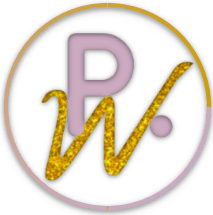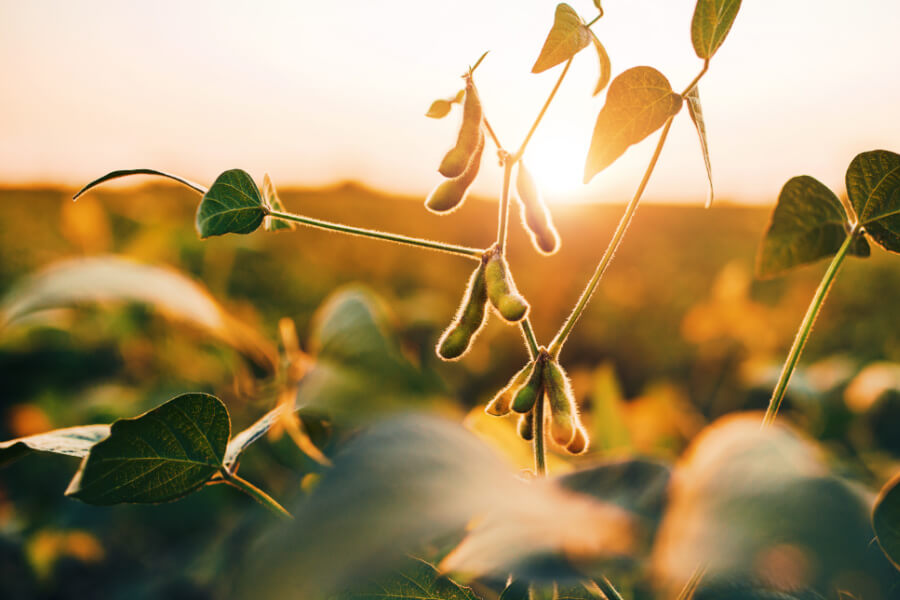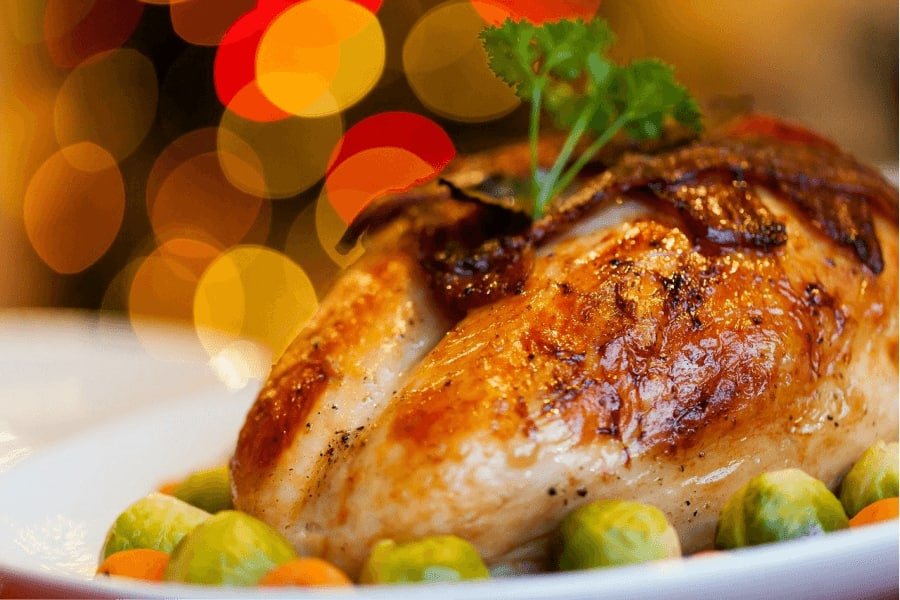Soooooo, we need to talk about soy. This is one of the most confusing “health foods” on the market. It is used commonly as a meat and dairy substitute but it is also in many foods as a filler and a binder and in all honesty, in most preprepared ready meals.
The research is skewed by everyone and anyone making it both a great food to increase oestrogen, decrease oestrogen, raise sperm count and reduce sperm count as well as prevent cancer and cause cancer. Also known as Shrödinger’s carcinogen.
So what is going on with soy?

Why Soy Is Used In The First Place?
Let’s start with the basics, soy is a protein. At the most basic level, protein is needed for tissue repair and growth. It is also needed for healthy hair, skin and nails as well as a well functioning reproductive system.
It is usually advised that we eat a minimum of 0.8 grams of protein per kilogram of body weight per day which usually averages out around 50-60 grams a day, less if inactive and more if active. I personally have found that the women I work with tend to do better with a little more than that, as long as it is good quality protein.
Protein is made up of amino acids. There are 20 amino acids, some are considered essential because we can’t make them in our own bodies. These essential amino acids are histidine, isoleucine, leucine, lysine, methionine, phenylalanine, threonine, tryptophan and valine.
For completeness of information you may hear about conditionally essential amino acids. This means that they are normally non essential as our bodies can make them, but in times of illness, then your body may not be able to make enough to meet the demand.
When we look at what essential acids are in foods, we call this the amino acid or protein profile. Ideally we want foods that have as many amino acids as possible. The easiest way to do this is by eating meat and dairy produce.
However, for vegetarians and people who prefer plant based diets, this has traditionally been achieved by protein combining, which is a bit tedious. It essentially means eating plants from different protein containing groups within each 24 hour cycle to get the complete amino acid spectrum in their diet.
Or…….we have soy. Soy is known as a complete protein as it contains all 9 essential amino acids. This has several benefits, because it makes calculations easier for plant based diets, it is an easy switch out for meat products, it is very versatile and it is cheap!
Soy can be used to increase protein content of foods, as a filler, and there are so many forms; soy beans, bean curd, milk, isoflavones, oils, protein isolates and lecithin are some examples.
Whether or not you are vegetarian or vegan, unless you scratch cook all your meals, you are consuming soy to some degree. But is it helpful or harmful to the menstrual cycle?
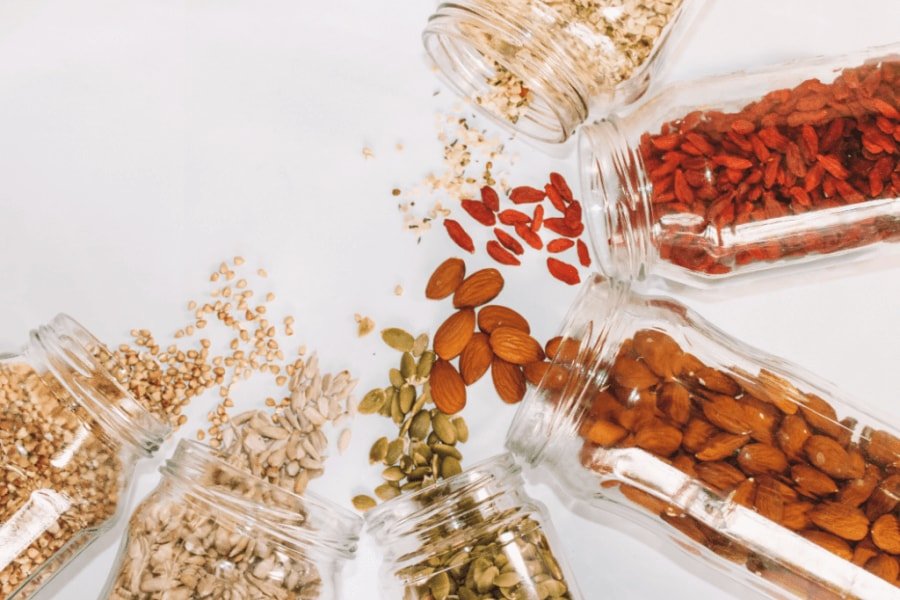
Soy & Inflammation
Starting at a basic level, soy along with gluten, dairy and corn is one of the first foods that I take out when doing an elimination diet with clients as they are so commonly the causes of sensitivities. These sensitivities are not the same as food allergies, but instead can cause minor irritating symptoms such as mild bloating, discomfort and indigestion after eating to seemingly unrelated conditions such as eczema and pain.
In some people, some of these foods can trigger auto-immune conditions such as thyroid disease, arthritis and endometriosis. For these people, taking out the offending food can ease or even in some case reverse their symptoms.
So for some people with period pain, soy may be an aggravating factor, and if you have an auto-immune condition such as thyroiditis or endometriosis, you can try eliminating soy (as well as the other mentioned triggers) from your diet for a while to see if your symptoms improve.
Soy is also rich in omega 6 fatty acids, which can tip the body towards more pro-inflammatory fatty acids which, if you haven’t guessed already, can increase inflammation and pain during your period.
I have some videos on inflammation and periods if you want to know more.
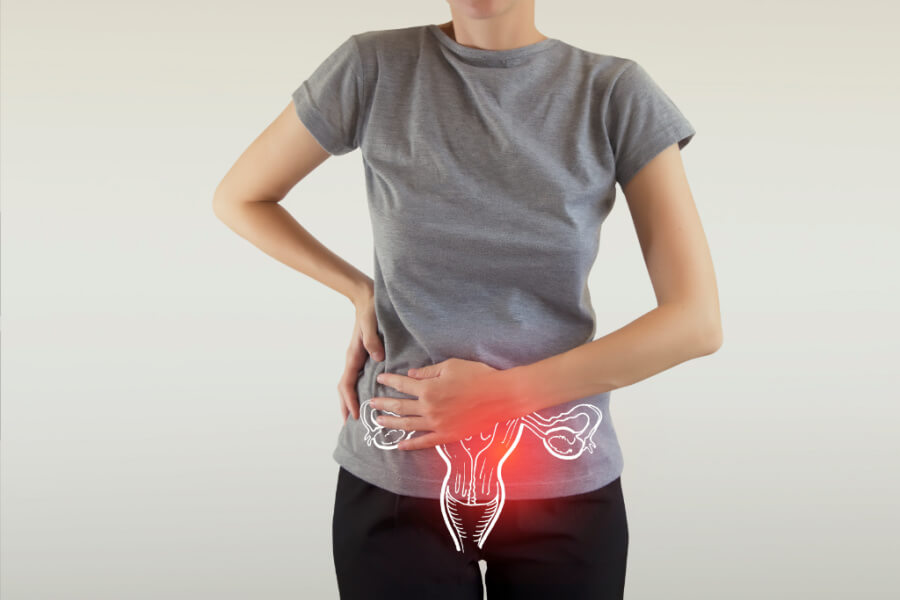
Organic Soy
One of the biggest frustrations with soy is the way it is farmed. Very few soy sources are organic. Often soy is genetically modified and laden with pesticides which can be endocrine (hormone) disruptors.
There are some more brands out there, such as the Vegetarian Butcher and Nasoya that work hard to ensure that their brands are organic. But, it is worth reading the packaging of any soy products you buy to see if they are organic (or even mostly organic as some countries allow things to be labelled organic if they are over a certain percentage organic).
Oestrogen & Soy
This is the big one that is cited. Soy is a phytoestrogen which means it is a plant source of oestrogen. Many plant based foods contain these oestrogen and this is where the results greatly vary based on the person.
Oestrogen is a hormone. It is a messenger in the blood to tell the body to do something and in order to work, it has to bind with its equivalent receptor. Like a lock and key, each hormone and its receptor counterpart has a unique shape. In the case of phytoestrogens, they look enough like oestrogen to bind to the receptor, a bit like a skeleton key.
So this can have the effect of out competing our endogenous oestrogen (the oestrogen in our bodies that we make ourselves), and preventing it from having an effect and therefore lowering our oestrogen symptoms in the body. For others it can bind to the receptor and the receptor thinks it is getting the signal from oestrogen and increases signs of oestrogen in your body.
Which way around each phytoestrogen works in your body is unique to you. And also, whether you want to increase or decrease your oestrogen levels is going to be unique to you.
If you have heavy, painful periods, fibroids, painful breasts, PMS, or even a tendency towards oestrogen responsive cancers, you have signs of high oestrogen compared to progesterone in your body and you want to lower your oestrogen.
If you have light, scanty periods, low body fat, low libido or are struggling with peri-menopause symptoms, you are likely to want to increase your oestrogen in your body.
So the only way to answer whether soy will help your periods in relation to oestrogen is to chart your period symptoms, experiment and see if your symptoms improve or worsen when you add or remove soy from your diet.

Soy & The Thyroid
Your thyroid is a key part of the menstrual cycle, especially in the luteal phase. Low thyroid hormone can mean a shorter luteal phase, and signs of low progesterone such as PMS and spotting before your period.
And here is where we get into the weeks of confusing medical research. In my training, we were told that soy prevents absorption of thyroid hormones and as such needed to be consumed at least 4 hours after any levothyroxine tablets, but finding sources to back that up is difficult. That being said, this isn’t an unreasonable suggestion to try if you are on thyroxine.
We also learnt that soy can inhibit iodine uptake but again finding supporting evidence is tricky. However, if you are consuming soy and have thyroid issues, it is worth consulting with a nutrition professional with knowledge in this area to find out whether you need to supplement on iodine, as iodine and selenium supplementation can cause issues if you freestyle it and guess (you can trigger or worsen various autoimmune issues).
You can however, eat more iodine containing foods such as seaweed, sea vegetables, shellfish and deep sea fish.
This can result in more oestrogen dominance type symptoms and a common sign of iodine deficiency is sore breasts in the later half of your cycle (you can relieve this by dabbing on iodine).
There is some evidence that two soy isoflavones, genistein and daidzein inhibit thyroid peroxidase which is essential for the body to make thyroid hormones, however, again this can be offset with consuming more iodine.

What Should You Do?
If you haven’t guessed, whilst I personally am not a big fan of soy, I am biased because I do see the people who get problems caused by soy so it makes me biased, the best thing you can do is become your own health detective and work out if it is problematic for you.
However, there are some general thoughts that I think it is worth bearing in mind:
Studies showing soy is harmful to health often have people consuming large amounts of overly processed soy. Studies that show soy being beneficial show populations and cohorts consuming it in small quantities and fermented. So, if you are wanting to keep soy in your diet, try small amounts of fermented soy such as tempeh, natto, miso and tamari rather than mass produced soy.
Soy hidden in foods that are overly processed such as ready meals could be causing you issues, but there again, the processed foods could also be responsible for your health issues. Diets rich in less processed foods and scratch cooking will not have hidden soy.
Check out whether your soy is organic, this is relatively easy to do when reading labels or searching on the internet for organic soy brands that you can find in your country.
It is worth experimenting with other types of proteins. Variation in your diet is key for health. You don’t have to eat meat, or dairy, you can get protein from nuts, seeds, legumes and grains as well as algae.
The best advice I can give around soy is to try eliminating it from your diet for at least a month and seeing if your symptoms improve or get worse. When you reintroduce it, you can try the fermented forms first and see if that that helps or hinders.
